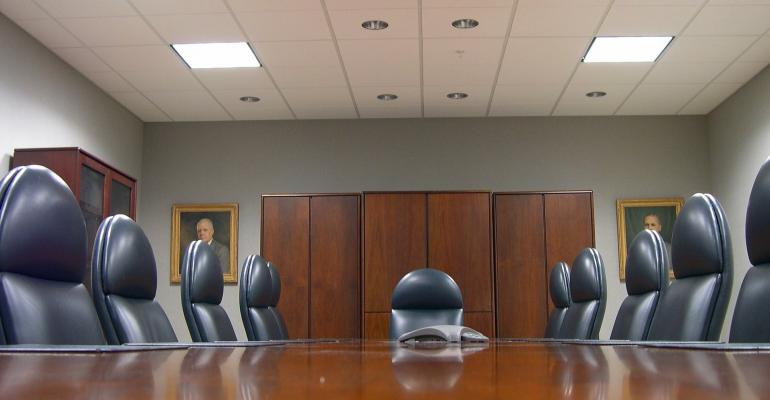A study completed in early 2019 by the Professional Convention Managers Association and Marriott International identified five trends in the future of events and venues:
- Emotional Intelligence: Designing With the End-User in Mind
- Orchestrated Serendipity: Engineering and Embracing the Unexpected for More Meaningful Moments
- Multi-Modal Design: Designing for Adaptation and Iteration
- Bigger Than Oneself: Acting on a Meaningful Message
- Clear Sense of Place
Now, a new white paper from PCMA released in conjunction with the Long Beach Convention and Visitor Bureau demonstrates how a planner’s choice of venue can influence how well these trends can be leveraged at a given event.
Emotional Intelligence: Designing with the End-User in Mind
Amy Blackman, an innovation consultant with Fahrenheit 212, which undertook the study, presented the study results at PCMA’s Convening Leaders conference. She says meeting planners should use emotional intelligence to set up learning experiences that work for individuals. “Don’t jam the round pegs of people into square holes of programming. Our needs as humans—emotional and physical—should be a top priority for experience design, not how much content can we jam into a meetings schedule.”
Steve Goodling, president and CEO of the LBCVB, observed the early days of the TED conference, which was held in Long Beach from 2009 to 2014. He saw TED’s organizers create spaces for attendees to engage with content and each other in different ways—for example, watching a presentation in an auditorium versus seeing it on a remote screen with a smaller group. He’s added informal seating areas around the LBCVB so that attendees want to linger. “This is about creating environments where you understand how people learn,” Goodling said. “And then you let them do it.”
Orchestrated Serendipity: Engineering and Embracing the Unexpected for More Meaningful Moments
For meeting planners, this can include asking the venue to change lighting and seating in certain areas so that groups can network comfortably, or using food trucks so that attendees can enjoy food breaks outside an institutional setting but with their industry colleagues. The study found that unexpected room configurations and welcoming lighting and other details can also create memorable moments outside educational sessions. The white paper cites remote-office provider WeWork’s design decision to create narrow hallways in its facilities to foster interactions between users of coworking spaces.
Multi-Modal Design: Designing for Adaptation and Iteration
The study found that modular and pop-up spaces are the future, as meetings require flexibility for presentations, conversations, and interactive learning experiences. As an example, the LBCVB has converted a music venue so that the ceilings and walls can be moved and the lighting changed to create different sizes, shapes, and atmospheres.
Bigger Than Oneself: Acting on a Meaningful Message
Corporate activism is on the rise and sustainability, political issues, and social responsibility can affect how an attendee views an event. Meeting planners are under pressure to choose venues that follow best practices for sustainable events, and also provide activities that support local philanthropic endeavors.
A Clear Sense of Place
Kate Fairweather, an innovation consultant for Fahrenheit 212, says that attendees “don’t want sterile or bland environments. They’re looking for location-true, authentic, things-I’ve-never-seen-before places. They want to be immersed in the culture and they want to explore.” If attendees are getting on a plane to come to an event, don’t trap them in a faceless setting that could be anywhere, and is simply uninspiring.





